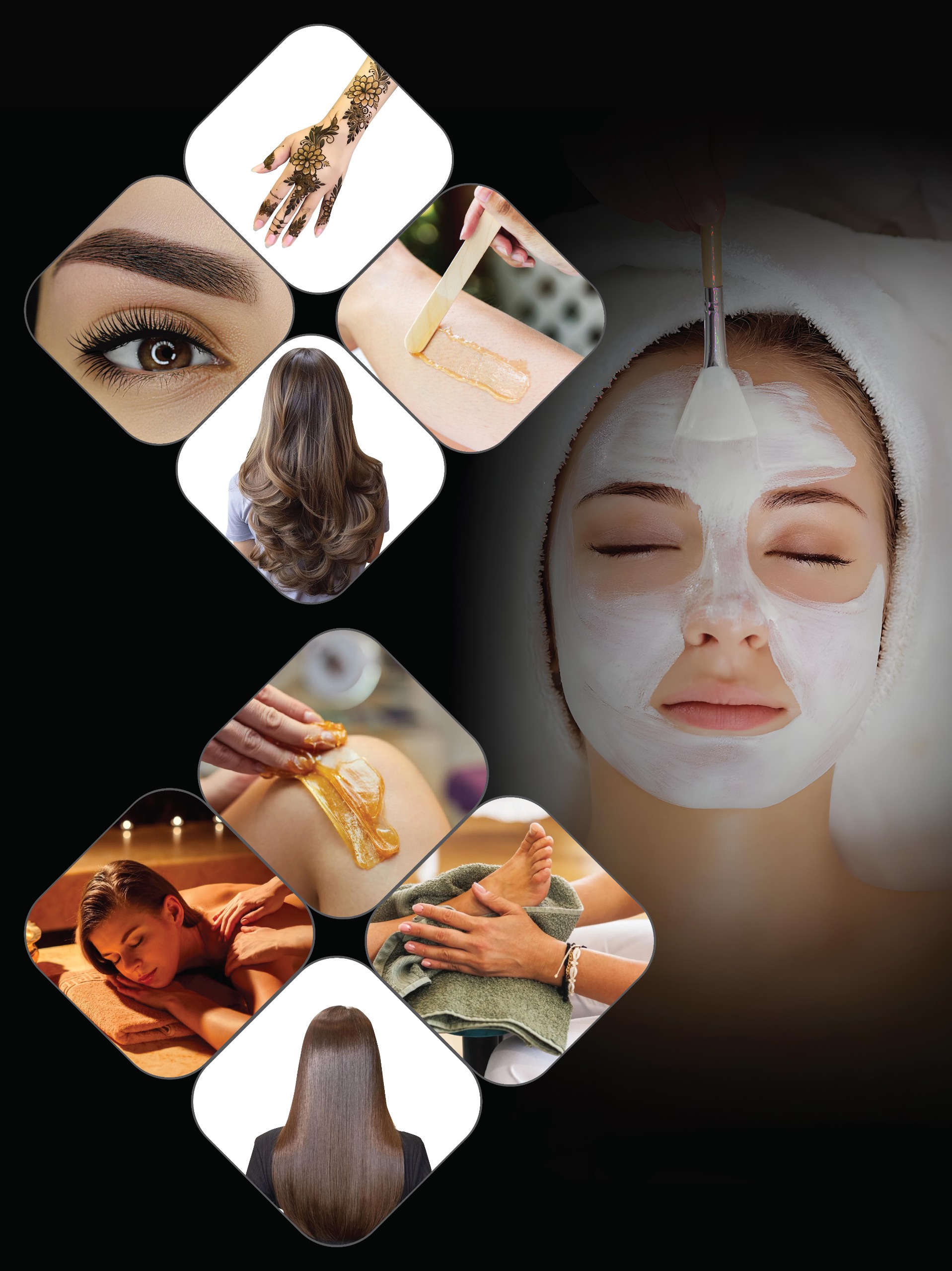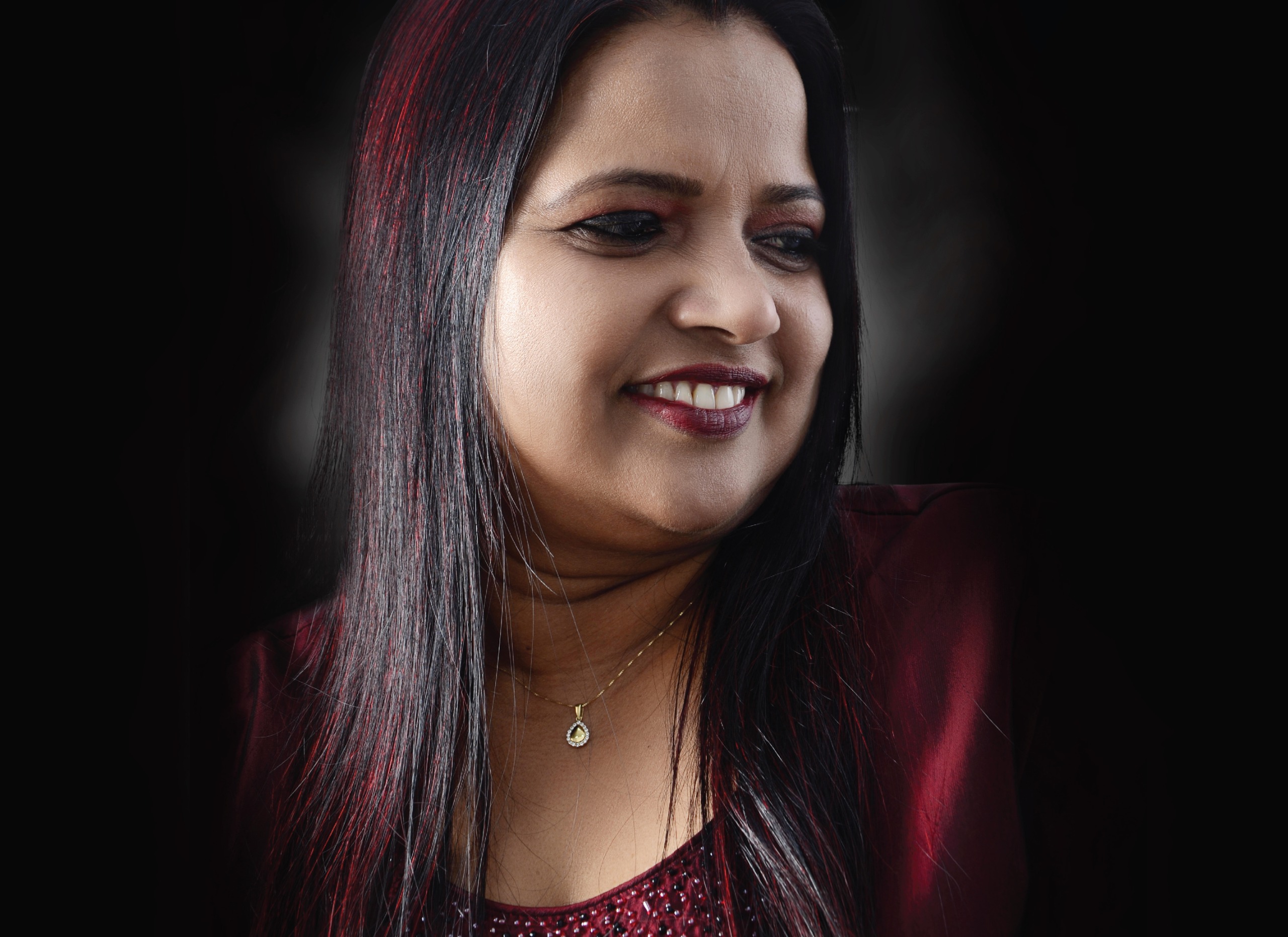My Ladies Beauty Saloon
Marideh, 17A St, Near Gold Souq(Pakistan Centre), Al Mamourah, Ras-Al-Khaimah,
Since : 2002
Marideh, 17A St, Near Gold Souq(Pakistan Centre), Al Mamourah, Ras-Al-Khaimah,
Since : 2002
Indian Mehndi Designs are a vibrant form of traditional body art, rich in detail, culture, and symbolism. Renowned for their complex patterns and storytelling motifs, these designs are commonly used in Indian weddings, festivals like Karva Chauth and Diwali, and special occasions such as baby showers or engagements. In Ras Al Khaimah, the popularity of Indian mehndi has grown rapidly, with both locals and the Indian community seeking skilled artists who can recreate this ancient art in its purest form.
From bridal henna to festival-ready floral patterns, Indian mehndi in Ras Al Khaimah blends heritage with elegance. Whether you’re preparing for a once-in-a-lifetime wedding or adding charm to your festive attire, Indian mehndi designs make your celebrations even more special.
1. My
Ladies Beauty Saloon
Marideh, 17A Street,
Near Gold Souq (Pakistan Centre),
Al Mamourah, Ras-Al-Khaimah
2.
Al Moda Beauty
Centre
Al Mamourah Street,
Near Gulf Cinema,
Ras-Al-Khaimah
3.
Glamour Touch
Ladies Salon
Khuzam Road,
Near Indian School,
Ras-Al-Khaimah
4.
Royal Spa &
Henna Lounge
Al Nakheel Area,
Behind Lulu Center,
Ras-Al-Khaimah
5.
Zayna Beauty Lounge
Seih Al Uraibi,
Near Manar Mall,
Ras-Al-Khaimah
6.
Al Noor Ladies Salon
Al Dhait South,
Near Al Safa Supermarket,
Ras-Al-Khaimah
7.
Layali Al Sharq
Henna & Beauty
Al Qusaidat,
Near RAK Medical Center,
Ras-Al-Khaimah
8.
Meera Henna and
Beauty Studio
Al Muntasir Road,
Opposite Lulu Hypermarket,
Ras-Al-Khaimah
9.
Al Rawan Henna
Artists Hub
Near RAK Exhibition Center,
Al Seer Area,
Ras-Al-Khaimah
10. Yas Beauty & Spa Lounge
Al Hamra Area,
Near Al Hamra Mall,
Ras-Al-Khaimah
Mehndi, also known as henna,
is an ancient body art tradition that dates back thousands of years. Derived
from the powdered dry leaves of the henna plant, Mehndi is used to create
intricate designs on the skin, typically on the hands and feet. It plays a
vital role in many cultural and religious ceremonies, particularly in South
Asia, the Middle East, and North Africa. Whether it’s a bride’s big day, Eid
celebration, or a festive gathering, Mehndi
Designs add elegance, beauty, and symbolism to every occasion.
Mehndi designs come in various styles and
themes, each reflecting the heritage and taste of the region it originates
from. Among the most popular types are Arabic
Mehndi Designs and Indian Mehndi
Designs. Let’s explore each in more detail.
Arabic
Mehndi Designs are a
timeless expression of beauty and elegance, known for their flowing patterns,
bold strokes, and minimalistic charm. Originating from the Arab world, these
designs have become a global favorite for women seeking quick yet striking
henna art for festivals, weddings, or even casual adornment.
Whether
you're preparing for Eid, a family function, or simply want to glam up your
hands, Arabic mehndi designs offer a perfect balance of tradition and modern
style.
Features of Arabic Mehndi Designs
Arabic
Mehndi is distinguishable by several unique features:
Popular Types of Arabic Mehndi Designs
1. Simple Arabic Designs
2. Bridal Arabic Mehndi
3. Gulf Style Arabic Mehndi
4. Glitter Arabic Mehndi
Why Arabic Mehndi is Popular
Tips to Enhance Arabic Mehndi Stain
Indian
Mehndi Designs are a
beautiful form of body art deeply rooted in Indian culture and tradition. Known
for their intricate details, symbolic motifs, and full-hand coverage, these
designs are most commonly applied during weddings, religious festivals, and
special occasions such as Karva Chauth, Diwali, and Raksha Bandhan.
Unlike
Arabic Mehndi which is more spaced and floral, Indian Mehndi Designs are
rich, detailed, and dense — each line telling a story of celebration,
prosperity, or love. From brides to young girls, Indian mehndi has become a
must-have ritual that blends ancient art with present-day fashion.
Key Features of Indian Mehndi Designs
Indian
Mehndi is known for its fine detailing and cultural motifs, often
representing traditional values and blessings. Here are some key
characteristics:
Popular Types of Indian Mehndi Designs
1. Bridal Mehndi Designs
2. Rajasthani Mehndi Designs
3. Marwari Mehndi Designs
4. Mandala Style Mehndi
5. Festive Mehndi
Cultural Importance of Indian Mehndi
Indian
Mehndi is more than body art — it's a symbol of joy, prosperity, and beauty.
It is part of important rites of passage, especially in weddings.
Traditionally, it is believed that the darker the mehndi stain, the stronger
the bond between the couple. Brides often hide the groom’s name in their
design, challenging him to find it post-wedding.
Moreover,
applying mehndi is seen as a cooling agent, soothing stress and
improving blood circulation. It’s also considered auspicious and believed to
bring blessings to the wearer.
Tips to Get the Best Indian Mehndi Stain
Q1: How long does mehndi last?
A: Typically, mehndi lasts 1–3
weeks, depending on skin type, quality of henna, and post-application care.
Handwashing, exfoliation, and sweating can fade it faster.
Q2: What is the difference between Arabic and
Indian Mehndi?
A: Arabic mehndi is less detailed,
with bold floral and leafy designs and more empty space, making it quicker to
apply. Indian mehndi is intricate, detailed, and covers larger areas, often
used for traditional weddings.
Q3: How long does it take to apply Arabic mehndi vs
Indian mehndi?
A: Arabic mehndi can take 15–30
minutes per hand due to its simplicity, while Indian mehndi, especially bridal
styles, can take 2–5 hours depending on complexity.
Q4: Is natural henna safe for everyone?
A: Natural henna made from pure
henna leaves is generally safe. However, black henna or henna with chemicals
may cause allergies. Always do a patch test if unsure.
Q5: Can children apply mehndi?
A: Yes, natural henna is safe for
children and is often used during festivals and weddings. However, avoid
chemical-based products on kids.
Q6: How do I make my mehndi darker naturally?
A: Use lemon-sugar mixture on
drying mehndi, keep it on overnight, and avoid water for 12–24 hours. Warming
hands over heat can also deepen the color.
Q7: Can I get a mehndi design done professionally?
A: Yes, many salons, beauty
parlors, and freelance mehndi artists offer professional mehndi services for
all types of events.
Q8: Are there mehndi designs for men?
A: Yes, though less common, men
sometimes apply mehndi for cultural or religious reasons. Designs are usually
simple and minimalistic.

Ras-Al-Khaimah, Al Mamourah

Ras-Al-Khaimah, Al Mamourah
Latest Customer Reviews
"Best Malayali saloon 👌😍"